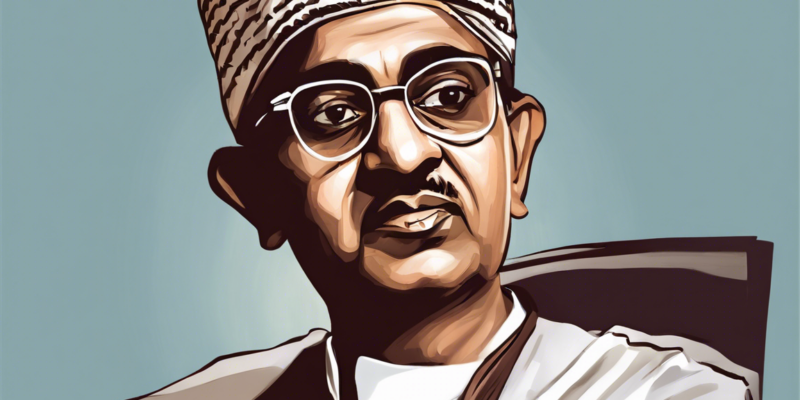
Controversial P Mohammed Cartoon Sparks Debate Today
The depiction of religious figures has always been a contentious issue, evoking strong emotions and sparking heated debates around the world. One such recent controversy revolved around the publication of a cartoon by the artist P, portraying the Prophet Mohammed. The cartoon, like many before it, has ignited a fresh wave of discussions on freedom of expression, religion, and respect for beliefs. This incident serves as a potent reminder of the complex interplay between artistic freedom, religious sensitivities, and the ever-evolving landscape of cultural norms.
The Power of Cartoons
Cartoons have a unique ability to communicate complex ideas in a simple and accessible manner. They can offer sharp social commentary, challenge established narratives, and provoke critical thinking. However, this power comes with a responsibility to navigate sensitive topics with tact and empathy. The depiction of religious figures, in particular, demands a nuanced approach that balances artistic freedom with respect for deeply held beliefs.
Freedom of Expression vs. Religious Sensitivities
The clash between freedom of expression and religious sensitivities is a perennial dilemma in societies that cherish both individual liberties and communal harmony. While freedom of expression is a fundamental right essential for a vibrant democracy, it is not an absolute license to offend or incite hatred. Likewise, while respecting religious beliefs is crucial for social cohesion, it should not lead to censorship or stifling of divergent viewpoints.
Historical Context of Depicting Mohammed
The depiction of Prophet Mohammed has a long and complex history. In Islam, any visual representation of the Prophet is considered blasphemous, as it risks idolatry or misrepresentation. This prohibition has led to controversies whenever artists or creators have attempted to portray Mohammed in various forms of media. While some see it as a form of artistic expression, others view it as a deliberate provocation designed to incite anger and division.
Cultural Sensitivities and Global Perspectives
In our interconnected world, where cultures intermingle and ideas flow across borders seamlessly, it is crucial to be mindful of cultural sensitivities and diverse perspectives. What may be deemed acceptable or even laudable in one society could be deeply offensive in another. This calls for a nuanced understanding of different cultural norms and values to foster mutual respect and dialogue.
Ethics of Satire and Criticism
Satire, as a form of social commentary, plays a vital role in critiquing power structures, questioning authority, and challenging norms. However, the line between satire and defamation can often blur, leading to unintended consequences. Artists and satirists must navigate this ethical minefield with care, upholding the principles of fairness, accuracy, and proportionality in their critiques.
Conclusion
The controversy surrounding the Mohammed cartoon serves as a microcosm of broader societal tensions around freedom of expression, religious sensitivities, and cultural diversity. As we navigate these thorny issues, it is essential to engage in respectful dialogue, empathize with different viewpoints, and uphold the principles of tolerance and mutual understanding. Only through open and honest conversations can we bridge the divide and build a more harmonious world where creativity thrives, and beliefs are respected.
Frequently Asked Questions (FAQs)
1. Is it illegal to depict Prophet Mohammed in Islamic countries?
In many Islamic countries, depicting Prophet Mohammed is considered blasphemous and can lead to legal repercussions. However, the extent of enforcement varies across different nations.
2. Are there any exceptions to the prohibition on depicting Prophet Mohammed in Islam?
Some Islamic traditions allow for non-representational art forms, such as calligraphy or abstract patterns, to convey spiritual messages without depicting individuals, including Mohammed.
3. How do Western societies view the depiction of religious figures compared to Islamic cultures?
Western societies generally place a higher value on freedom of expression, including the right to satirize or criticize religious figures, whereas Islamic cultures tend to prioritize respect for religious symbols and prohibitions against visual representations of revered figures.
4. What are some historical examples of controversies related to the depiction of Mohammed?
The publication of cartoons of Prophet Mohammed in the Danish newspaper Jyllands-Posten in 2005 sparked widespread protests and debates on freedom of expression and religious tolerance.
5. How can artists navigate the sensitive issue of religious depictions in their work?
Artists can approach religious depictions with sensitivity and cultural awareness, engaging with the community affected by their art, seeking constructive feedback, and being open to dialogue and critique.



